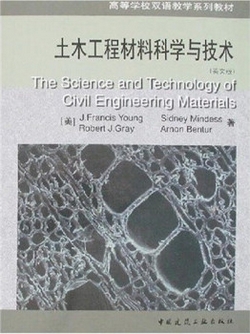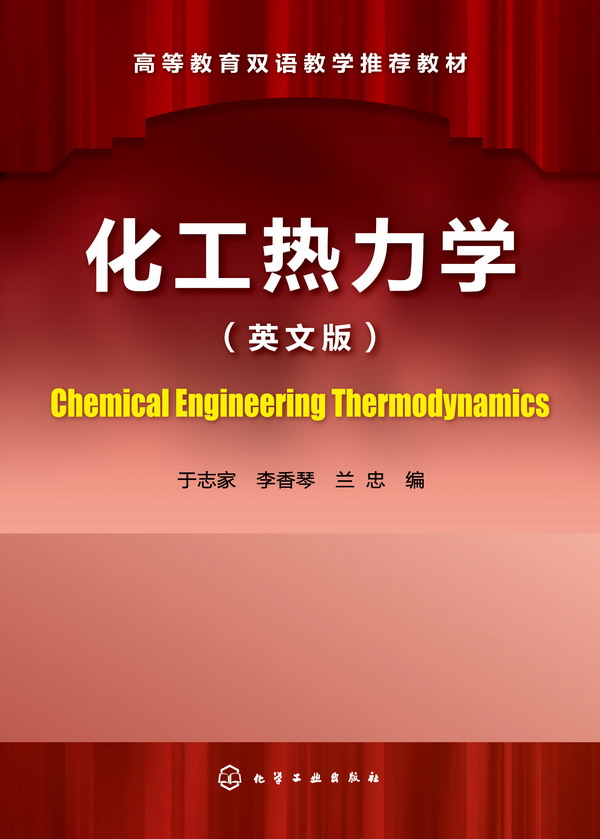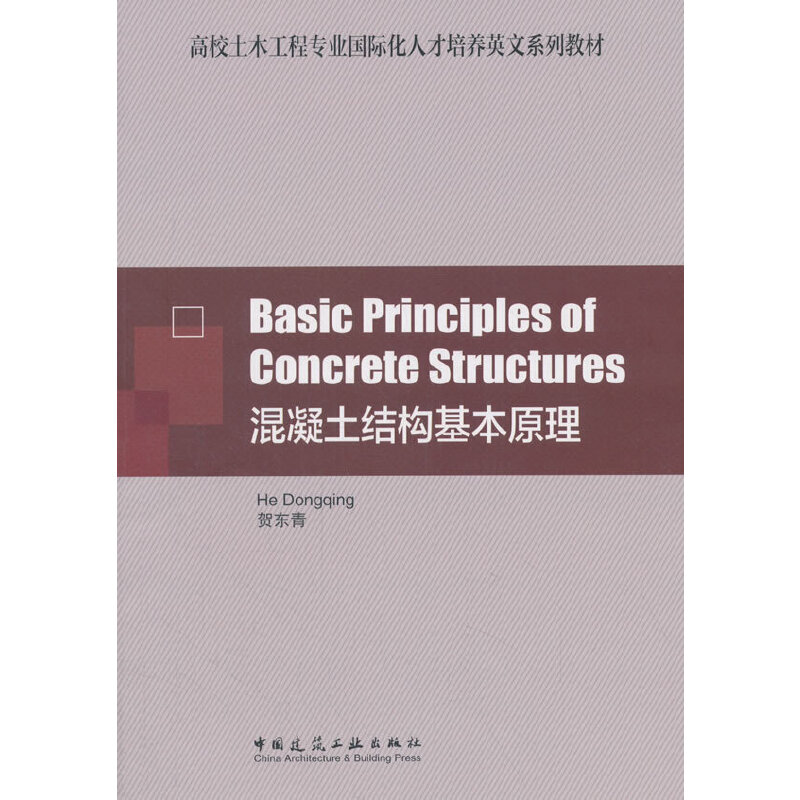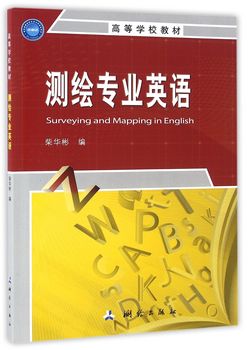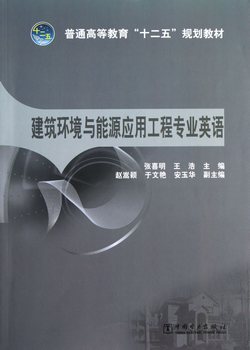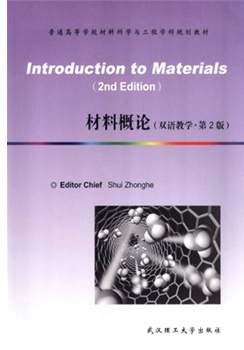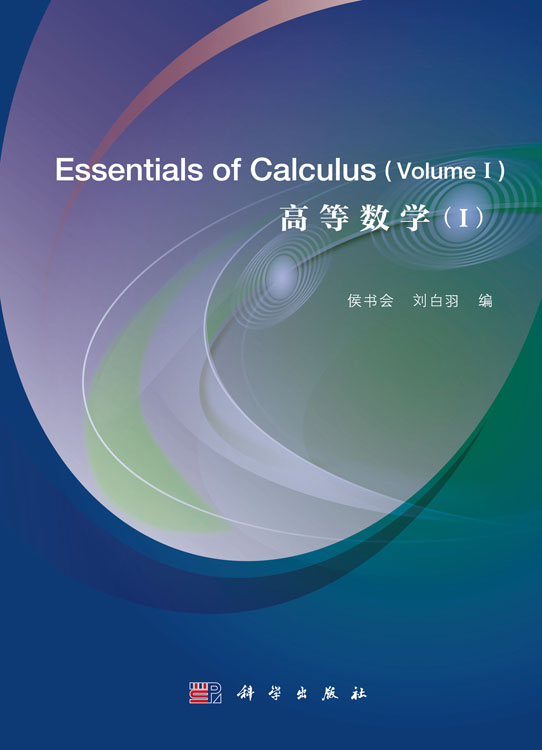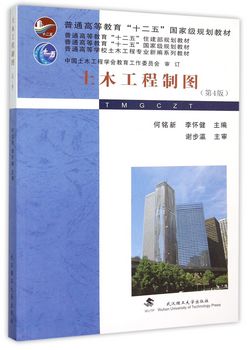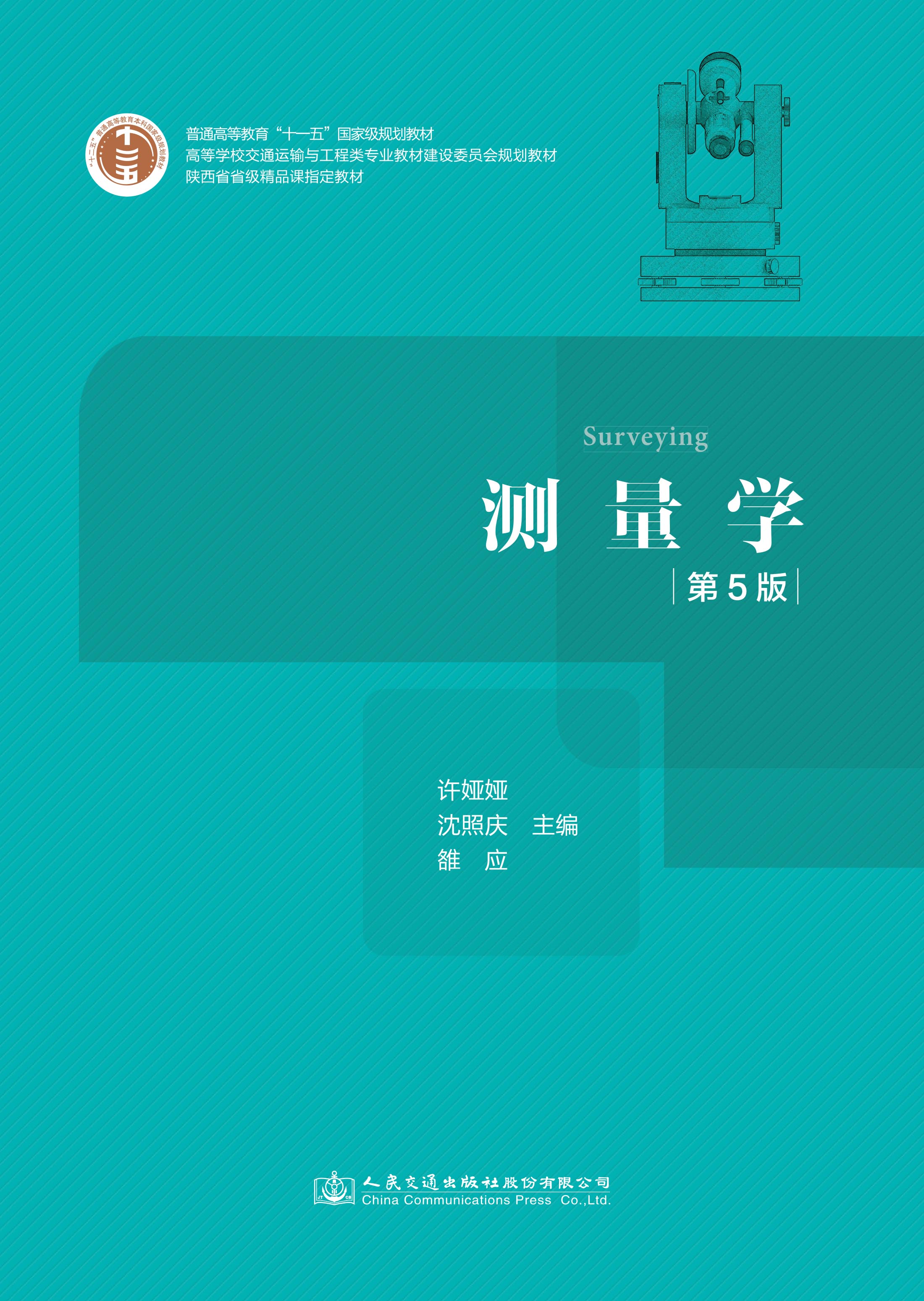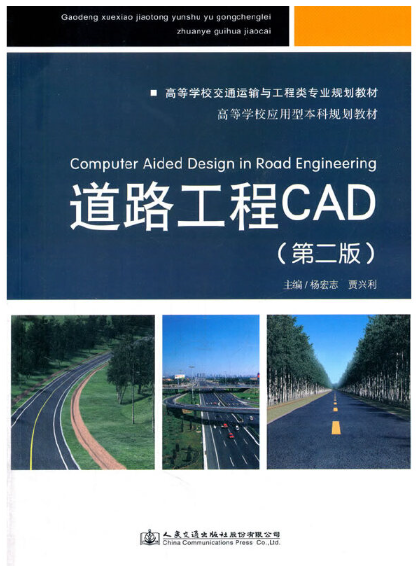土木工程材料科学与技术(英文版) / 高校双语教学系列教材
定价:¥30.00
作者: [美]J.Francis Yong等
出版时间:2008-08
出版社:中国建筑工业出版社
- 中国建筑工业出版社
- 9787112076338
- 1-1
- 172911
- 47152170-8
- 平装
- 16开
- 2008-08
- 273
- TU5
- 土木工程、建筑材料
- 本科
内容简介
《结构分析》一书工程背景强,附有大量例题、习题和综合训练。ancis Young、Sidney Mindess、Robert ay、Arnon Bentur编著的《土木工程材料科学与技术(英文版高等学校双语教学系列教材)》内容全面翔实、深入浅出、细节清晰。《工程项目管理》涵盖面广,包括了施工管理、招投标和合同法规等方面的内容。《建设合同商务与法律原理》侧重于商务和法律原理,理论性强,内容严谨系统,每章都有问题与训练。本套丛书可作为建筑院校本科生的双语专业教材使用。
本书为《高等学校双语教学系列教材》之《土木工程材料科学与技术》分册,可供土木工程、建筑学、城市规划、工程管理等专业的双语教学使用,也可供相关专业师生、工作人员学习参考。
本书为《高等学校双语教学系列教材》之《土木工程材料科学与技术》分册,可供土木工程、建筑学、城市规划、工程管理等专业的双语教学使用,也可供相关专业师生、工作人员学习参考。
目录
PREFACE
Part Ⅰ The Fundamentals of Materials
1 SURFACE PROPERTIES
1.1 Surface Energy and Surface Tension
1.2 Interfaces
1.3 Wetting
1.4 Adsorption
1.5 Capillary Effects
1.6 Adhesion
1.7 Colloids
1.7.1 Structure of Colloids
1.7.2 Stability of Colloids
1.8 The Double Layer 15
Part Ⅱ Behavior of Materials Under Stress
2 RESPONSE OF MATERIALS TO STRESS
2.1 Tension
2.1.1 Elastic Behavior
2.1.2 Inelastic Behavior
2.1.3 Definitions of Stress and Strain
2.1.4 Experimental Determination of Tensile Properties
2.2 Compression
2.3 Bending
2.3.1 Behavior in Pure Bending
2.3.2 Failure in Pure Bending
2.3.3 Types of Bending Tests
2.3.4 Limitations in Bending Tests
2.4 Direct Shear
2.5 Multiaxial Loading
2.5.1 Transverse Stresses
3 YIELDING AND FRACTURE
3.1 Failure Theories
3.1.1 Maximum Shear Stress Theory
3.1.2 Maximum Distortional Strain Energy Theory
3.1.3 Comparison of the Failure Theories
3.1.4 Mohr's Strength Theory
3.2 Fracture Mechanics
3.2.1 Griffith Theory
3.2.2 Stress Intensity Factor
3.2.3 Compressive Failure
3.2.4 Notch Sensitivity
3.2.5 Crack Velocity
3.3 The Ductile-Brittle Transition
3.4 Fracture Energy 55
3.5 Effect of Rate of Loading
3.5.1 Effect of Loading Rate on Brittle Materials
3.5.2 Static Fatigue
3.5.3 Effect of Loading Rate on Metals
4 RHEOLOGY OF LIQUIDS AND SOLIDS
4.1 Elastic and Viscous Behavior
4.2 Simple Rheological Models
4.3 Rheology of Fluids
4.4 Rheology of Viscoelastic Solids
4.4.1 Maxwell Model
4.4.2 Kelvin Model
4.4.3 Prandt Model
4.4.4 Complex Rheological Models
4.5 Creep of Engineering Materials
4.5.1 Creep in Metals
4.5.2 Creep in Polymers and Asphalts
4.5.3 Creep in Portland Cement Concrete and Wood
5 FATIGUE
5.1 Introduction
5.2 The Nature of Fatigue Failure
5.2.1 Crack Initiation
5.2.2 Crack Propagation
5.3 Types of Fatigue Loading
……
PartⅢ parieculate Composites:Portland Cement and Asphalt Conctretes
6 PARICULATE COMPOSITES
7 AGGREGATES
8 PORTLAND CEMENT CONCRETE
9 ASPHALT CEMENTS AND ASPHALT CONCRETES
PartⅣ Steel,Wood,Polymers,andComposites
10 STRUCTURAL STEELS
11 WOOD AND TIMBER
12 POLYMERS AND PLASTICS
SOLUTIONS TO NUMERICAL PROBLEMS
Part Ⅰ The Fundamentals of Materials
1 SURFACE PROPERTIES
1.1 Surface Energy and Surface Tension
1.2 Interfaces
1.3 Wetting
1.4 Adsorption
1.5 Capillary Effects
1.6 Adhesion
1.7 Colloids
1.7.1 Structure of Colloids
1.7.2 Stability of Colloids
1.8 The Double Layer 15
Part Ⅱ Behavior of Materials Under Stress
2 RESPONSE OF MATERIALS TO STRESS
2.1 Tension
2.1.1 Elastic Behavior
2.1.2 Inelastic Behavior
2.1.3 Definitions of Stress and Strain
2.1.4 Experimental Determination of Tensile Properties
2.2 Compression
2.3 Bending
2.3.1 Behavior in Pure Bending
2.3.2 Failure in Pure Bending
2.3.3 Types of Bending Tests
2.3.4 Limitations in Bending Tests
2.4 Direct Shear
2.5 Multiaxial Loading
2.5.1 Transverse Stresses
3 YIELDING AND FRACTURE
3.1 Failure Theories
3.1.1 Maximum Shear Stress Theory
3.1.2 Maximum Distortional Strain Energy Theory
3.1.3 Comparison of the Failure Theories
3.1.4 Mohr's Strength Theory
3.2 Fracture Mechanics
3.2.1 Griffith Theory
3.2.2 Stress Intensity Factor
3.2.3 Compressive Failure
3.2.4 Notch Sensitivity
3.2.5 Crack Velocity
3.3 The Ductile-Brittle Transition
3.4 Fracture Energy 55
3.5 Effect of Rate of Loading
3.5.1 Effect of Loading Rate on Brittle Materials
3.5.2 Static Fatigue
3.5.3 Effect of Loading Rate on Metals
4 RHEOLOGY OF LIQUIDS AND SOLIDS
4.1 Elastic and Viscous Behavior
4.2 Simple Rheological Models
4.3 Rheology of Fluids
4.4 Rheology of Viscoelastic Solids
4.4.1 Maxwell Model
4.4.2 Kelvin Model
4.4.3 Prandt Model
4.4.4 Complex Rheological Models
4.5 Creep of Engineering Materials
4.5.1 Creep in Metals
4.5.2 Creep in Polymers and Asphalts
4.5.3 Creep in Portland Cement Concrete and Wood
5 FATIGUE
5.1 Introduction
5.2 The Nature of Fatigue Failure
5.2.1 Crack Initiation
5.2.2 Crack Propagation
5.3 Types of Fatigue Loading
……
PartⅢ parieculate Composites:Portland Cement and Asphalt Conctretes
6 PARICULATE COMPOSITES
7 AGGREGATES
8 PORTLAND CEMENT CONCRETE
9 ASPHALT CEMENTS AND ASPHALT CONCRETES
PartⅣ Steel,Wood,Polymers,andComposites
10 STRUCTURAL STEELS
11 WOOD AND TIMBER
12 POLYMERS AND PLASTICS
SOLUTIONS TO NUMERICAL PROBLEMS

